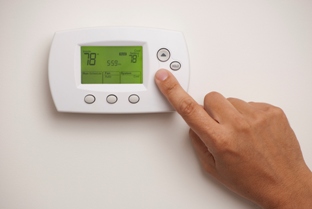
With the official start of summer just one week away, FPL reminds customers that weather is the number one cause of higher electric bills, especially as air conditioning usage increases along with rising outdoor temperatures.
“Air conditioning can account for half or more of electric bills, with outside temperatures directly affecting how often and how long systems must run to cool homes and businesses,” said FPL’s energy efficiency blogger Danielle Mousseau. “While FPL customers already have the lowest bills out of all 55 utilities in the state, we’re committed to helping Floridians manage their energy use throughout the warm summer months to help keep their bills under control.”
Mousseau offers simple tips customers can implement to keep excess light and heat out of their homes, helping air conditioners work more efficiently and saving money in the process.
Window Shading
Windows and glass doors that face east and west are the most likely to let unwanted heat into your home. Here are some ways to shade the area:
-
Landscaping - You must plan before you plant. Consider the mature size of plants and their distance from power lines.
-
Awnings - These work best when the sun is high in the sky. They shade windows well but are not cost effective based solely on energy savings.
-
Window Coverings - These reduce the amount of heat that enters from the sun. They shade windows well but are not cost effective based solely on energy savings.
Weather-stripping
This is an inexpensive solution to help reduce the amount of air that enters or escapes your home through doors and windows. Types of weather-stripping include:
-
V-shaped vinyl
-
Adhesive-backed foam
-
Spring metal
-
Door sweep
Caulking
Caulking is an additional way to reduce unwanted airflow. It is only worthwhile when done as part of another project, such as painting. Use silicone or siliconized acrylic caulk because they have the longest life span, work well on most surfaces, and will maintain their elasticity.
Ceiling Insulation
|
|
||||||||||||||